Health & Safety
Ammonia: a toxic, corrosive and explosive hazard
Nov 08 2022
Ammonia is one of the most widely produced chemical substances in the world. According to royalsociety.org, more than 175 million tons of it are produced each year. It is used as a base for inorganic fertilizers and therefore contributes significantly to global food production and a major part of ammonia emissions stems from animal agriculture. Other areas of application of NH3, which is very complex to produce, include cooling systems, explosive agents, the textile and pharma industry, and more recently also the storage and transport of hydrogen.
Portable and fixed solutions to increase your safety when working with NH3
No matter what it is used for or what its source is – ammonia has to be monitored with either a fixed gas detection system or portable measuring devices. Ammonia in its gaseous from, especially when dissolved in water, is highly toxic, corrosive and explosive in the range of 14.0 to 32.5 volume percent even in low concentrations. Several different sensor technologies can be used for detecting it, measuring in the smallest concentrations of only a few ppm (parts per million) or volume percent.
Our smallest gas detector for one or two gases
GfG’s Micro 5 is a handy and sturdy detector providing you with a high level of wearing comfort. Sometimes a simple solution is all you need. If you want to specifically check for ammonia or one or two other toxic gases, the Micro 5 is an ideal choice. It can easily be fastened to workwear and is so light-weight that you won’t even notice you are wearing it. Unless, of course, the Micro 5 uses its alarm LEDs, loud buzzer and vibration function to warn you of a dangerous gas concentration in the vicinity. As it is approved for Ex zone one and has an IP rating of IP54 (soon: IP68), the Micro 5 can be used nearly anywhere.
Permanently monitor ammonia
Use our 22 series transmitters to keep an eye on NH3 concentrations around the clock. Many industrial facilities require continuous monitoring of gas concentrations. Fixed gas detection systems, with measuring points in critical locations will monitor the dangers that gases pose independent of the safety personnel. With the 22 series transmitters, we are able to offer you a wide range of gas detection devices for not explosive areas, featuring electrochemical, chemisorption and catalytic sensors to measure ammonia concentrations in the ppm range or in volume percent. The transmitters are available with either 4-20mA signal transmission or digital RS-285 interface (Modbus).
Specialized sensors for your requirements
The EC22 is the swiss pocket knife of gas detectors: It can be used to reliably and economically detect a variety of different toxic gases in the ppm range. The CS22 is a good choice if you need to monitor ammonia or synthetic refrigerants. For ammonia (vol. %) and combustible gases and vapors (% LEL), we recommend the CC22 equipped with a catalytic combustion sensor.
Would you like to consult one of our experts to find the right way of monitoring NH3 in your application? Contact us here.
Digital Edition
AET 28.2 April/May 2024
May 2024
Business News - Teledyne Marine expands with the acquisition of Valeport - Signal partners with gas analysis experts in Korea Air Monitoring - Continuous Fine Particulate Emission Monitor...
View all digital editions
Events
Jul 30 2024 Jakarta, Indonesia
China Energy Summit & Exhibition
Jul 31 2024 Beijing, China
2024 Beijing International Coal & Mining Exhibition
Aug 07 2024 Beijing, China
IWA World Water Congress & Exhibition
Aug 11 2024 Toronto, Canada
Aug 25 2024 Stockholm, Sweden and online
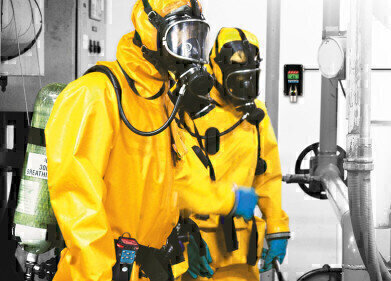
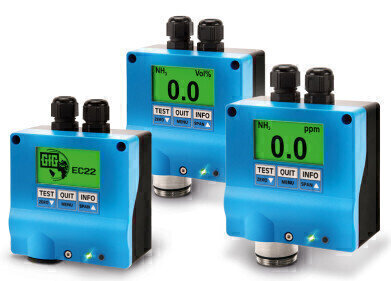
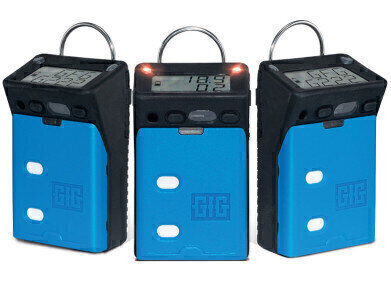
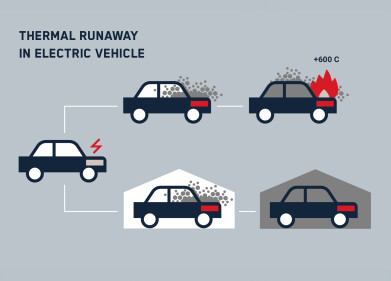

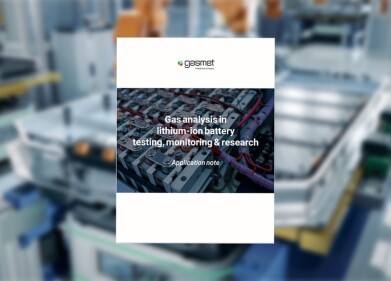





.jpg)








